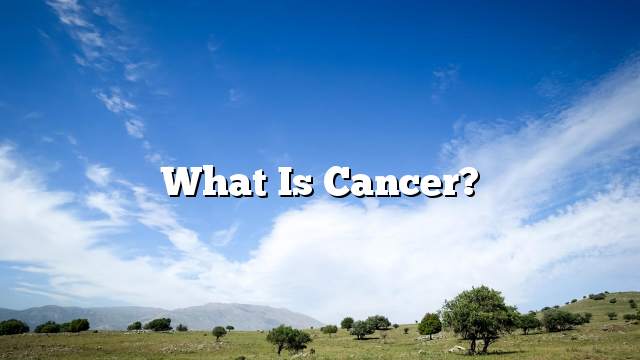Cancer is one of the most dangerous and widespread in the world, and the number of places of cancer in the human body, and affects almost all ages of children to the elderly. It is not a contagious disease but the infection enters the genetic factor in it greatly.
What is Cancer:
Cancer is a group of cells characterized by growth and unlimited division, and with its ability to rapid growth it can kill cells and adjacent tissues, and can also move to different places within the human body, unlike benign tumors, and is characterized as divided They grow but are limited and do not destroy other cells, and of course do not move from one place to another. In most cases, the transformation of healthy cells into cancer cells due to mutations in the genes, these mutations may cause external carcinogens, such as smoking, radiation, and chemicals. There are some viral infections that can cause cancers such as hepatitis C and BV. Some genetic mutations also cause some cancers.
It is possible to know some signs of the emergence of the disease in the presence of bleeding or the occurrence of ulcers in the skin or abnormal tumor, and in some cases infected with yellow. Inflammation of the lymph nodes in the neck, with a cough accompanied by blood, bone pain, loss of appetite, anemia, fatigue and persistent fatigue.
If the results indicate that the cancer cells begin treatment as determined by the doctor, whether chemical or radiological or other, according to the results, the cancer is determined by the medical examination and the work of radiation, and then take a sample of the tissue or tumor for analysis and know if they were cancerous or not. The condition of each patient and according to the progress of the disease.
Recent studies have shown that non-exposure to pollution and healthy living in terms of exercise, maintaining non-obese, and non-smoking, drinking alcohol and eating fresh foods rich in various nutrients away from red meat can protect many people from cancer. , And studies suggest that people closest to the thinner are less likely to develop cancer than others.
